The Impact of Eva Film on Modern Cinema
Eva Film’s impact on modern cinema can also be seen in its role as a catalyst for innovation. Its success proved that bold choices—whether in storytelling, visuals, or thematic exploration—can pay off both critically and commercially. This has emboldened filmmakers to take risks and push the boundaries of what is possible in cinema.
Cinema has always been a medium of innovation, constantly evolving to reflect the artistic, technological, and cultural shifts of the times. Among the many milestones in film history, Eva Film has carved a unique space for itself, influencing modern cinema in profound and lasting ways. While its name may not be as universally recognized as some blockbuster franchises, its impact resonates deeply within the industry, shaping storytelling, visuals, and even audience expectations.
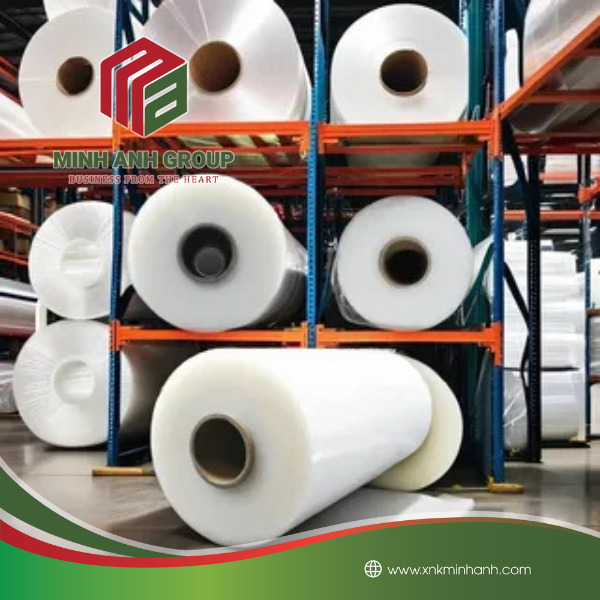
A Bold Vision in Storytelling
One of the most remarkable contributions of Eva Film to modern cinema lies in its approach to storytelling. By blending psychological depth with larger-than-life narratives, it dared to challenge conventional structures and themes. The characters were not just vessels for plot progression but complex individuals grappling with internal conflicts, existential questions, and emotional vulnerabilities. This layered characterization has inspired countless filmmakers to dig deeper into their protagonists, creating stories that feel more authentic and emotionally resonant.
Moreover, Eva Film’s willingness to explore intricate themes—such as identity, trauma, and the human condition—has set a precedent for modern filmmakers. It proved that audiences are not only ready for but also eager to engage with thought-provoking content. Today, films like *Arrival*, *Ex Machina*, and *Everything Everywhere All At Once* carry echoes of this narrative bravery, weaving introspection into their cinematic fabric.

Visual Storytelling: A Feast for the Eyes
Eva Film also raised the bar for visual storytelling. Its striking imagery, meticulous attention to detail, and seamless integration of practical and digital effects created a visual language that felt both innovative and timeless. The use of color palettes to convey mood, symbolic imagery to deepen meaning, and dynamic cinematography to heighten emotional impact have become hallmarks of modern filmmaking.
This influence is particularly evident in how directors approach world-building. Films like *Blade Runner 2049* and *Dune* owe part of their immersive aesthetic to the groundwork laid by Eva Film. By demonstrating that visuals could be more than just a backdrop—that they could actively contribute to the narrative—it encouraged filmmakers to think more holistically about their craft.

Redefining Genre Boundaries
Another significant impact of Eva Film is its defiance of traditional genre boundaries. It seamlessly blended elements of science fiction, drama, action, and even philosophical inquiry, creating a hybrid genre that felt fresh and unpredictable. This genre-fluid approach has inspired a wave of contemporary films that defy categorization. Movies like *The Shape of Water*, which combines romance with fantasy and social commentary, or *Get Out*, which merges horror with biting satire, reflect this trend toward genre experimentation.
By refusing to be boxed into a single category, Eva Film also broadened the scope of what cinema could achieve. It showed that a film could appeal to multiple audiences without diluting its core message or artistic integrity—a lesson that has been embraced by both indie filmmakers and major studios alike.
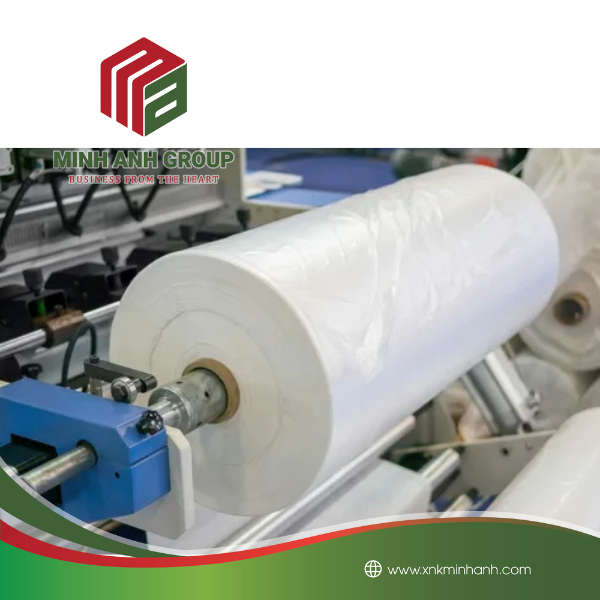
Cultural Legacy and Fan Engagement
In addition to its artistic and technical contributions, Eva Film has had a lasting cultural impact. Its ability to connect with audiences on a deeply personal level fostered a passionate fanbase that continues to celebrate its legacy. Through forums, fan art, cosplay, and academic discussions, viewers have kept the spirit of Eva Film alive, proving that cinema is not just a passive experience but an interactive one.
This phenomenon has influenced how modern filmmakers engage with their audiences. From meticulously crafted Easter eggs to open-ended narratives that invite interpretation, creators are increasingly aware of the importance of fostering a dialogue with their fans. The rise of participatory culture in cinema owes much to pioneers like Eva Film.

A Catalyst for Innovation
Finally, Eva Film’s impact on modern cinema can also be seen in its role as a catalyst for innovation. Its success proved that bold choices—whether in storytelling, visuals, or thematic exploration—can pay off both critically and commercially. This has emboldened filmmakers to take risks and push the boundaries of what is possible in cinema.
In an era where streaming platforms and global distribution have made films more accessible than ever before, this spirit of experimentation is crucial. It ensures that cinema remains dynamic and relevant, continuing to surprise and inspire audiences around the world.
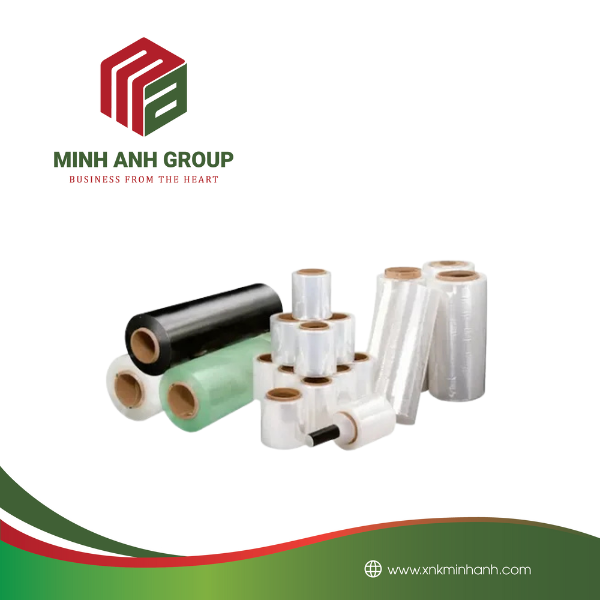
The legacy of Eva Film is a testament to the power of creativity and vision in filmmaking. By challenging norms and embracing complexity, it has left an indelible mark on modern cinema. Its influence can be seen in the way stories are told, worlds are built, and audiences are engaged—proof that a single film can indeed shape an entire industry.
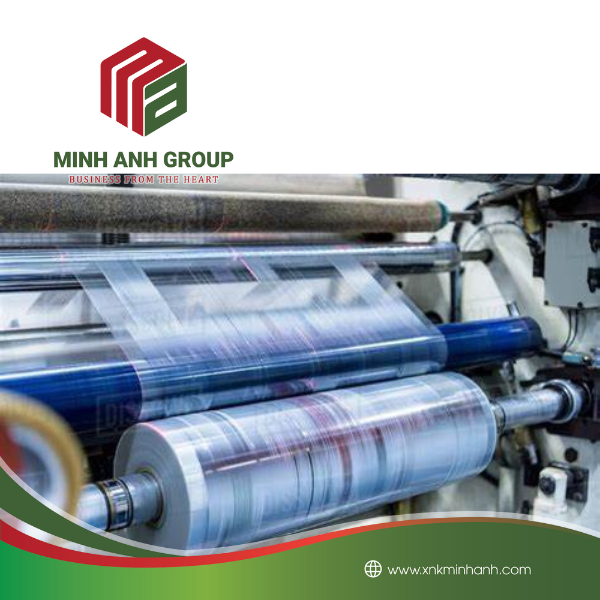
As we look to the future of cinema, it’s clear that the lessons of Eva Film will continue to resonate. Whether through groundbreaking visuals, daring narratives, or meaningful connections with viewers, its impact will be felt for generations to come. And for that, both filmmakers and audiences have much to celebrate.
Hãy là người đầu tiên nhận xét “The Impact of Eva Film on Modern Cinema” Hủy
Sản phẩm tương tự
Tin Tức Bao Bì
Tin Tức Bao Bì
Tin Tức Bao Bì
Tin Tức Bao Bì
Tin Tức Bao Bì
Tin Tức Bao Bì
Tin Tức Bao Bì
Tin Tức Bao Bì

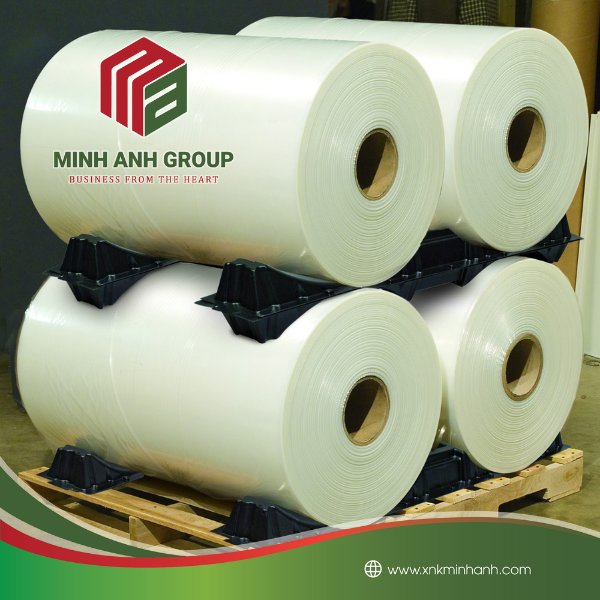













Đánh giá
Chưa có đánh giá nào.